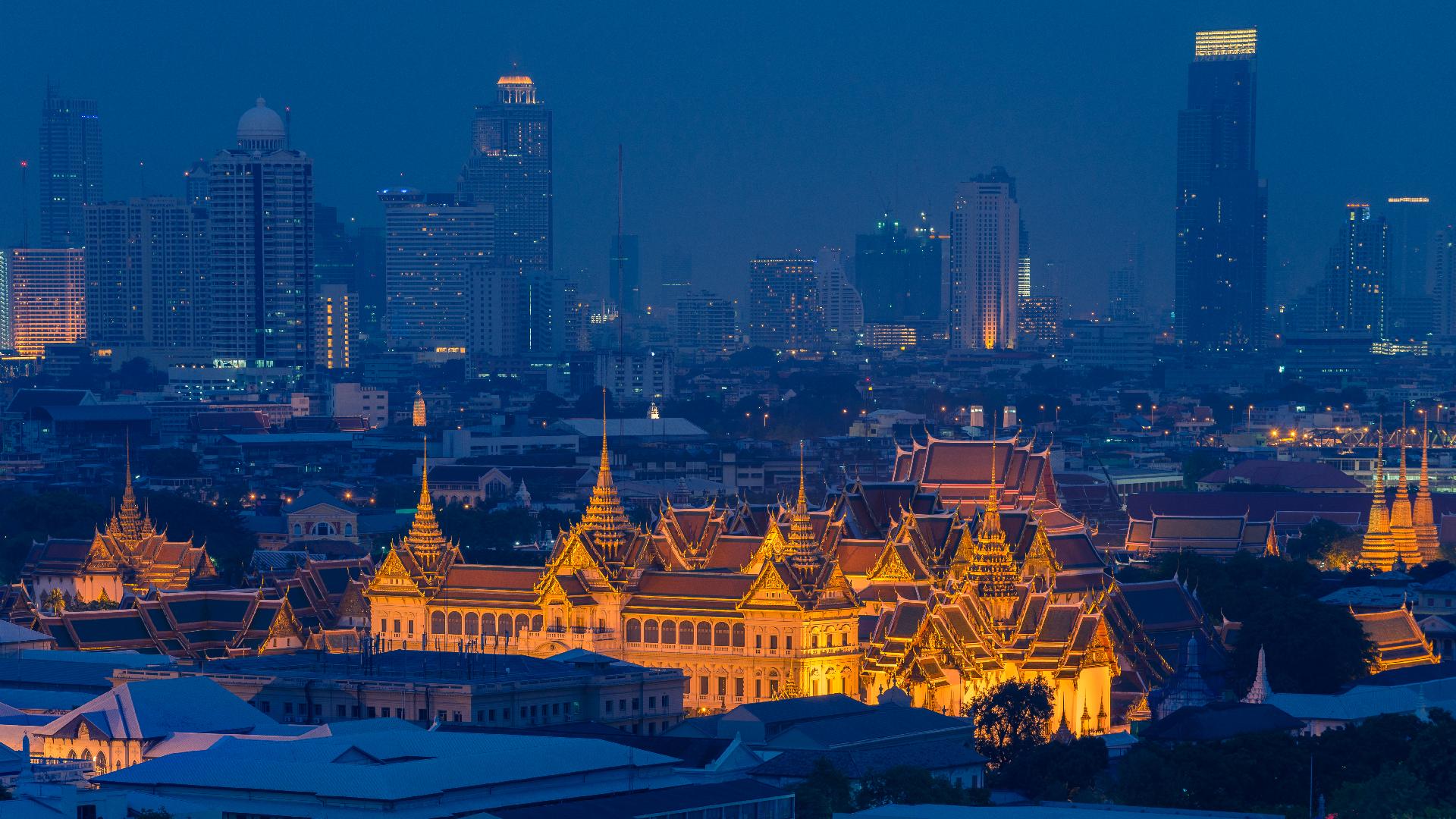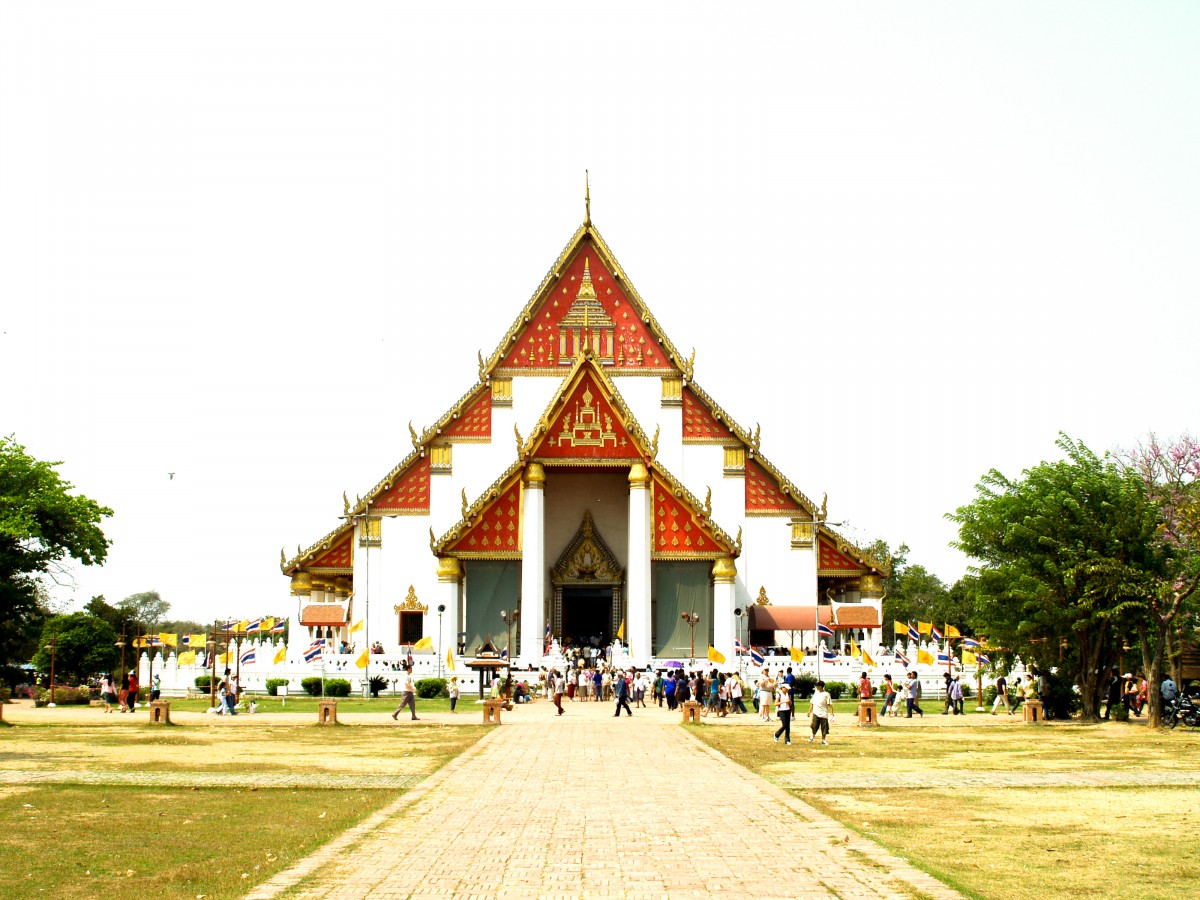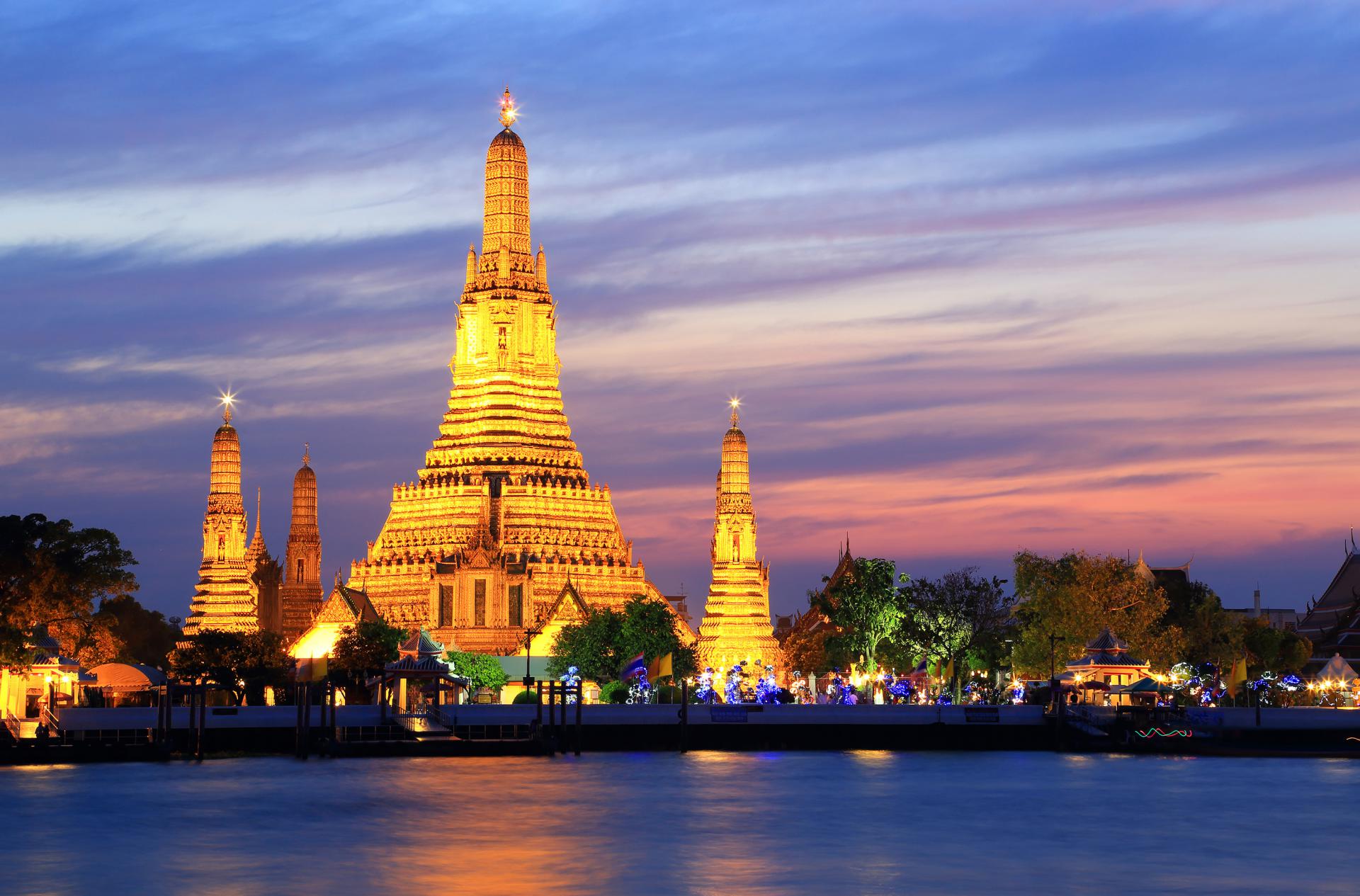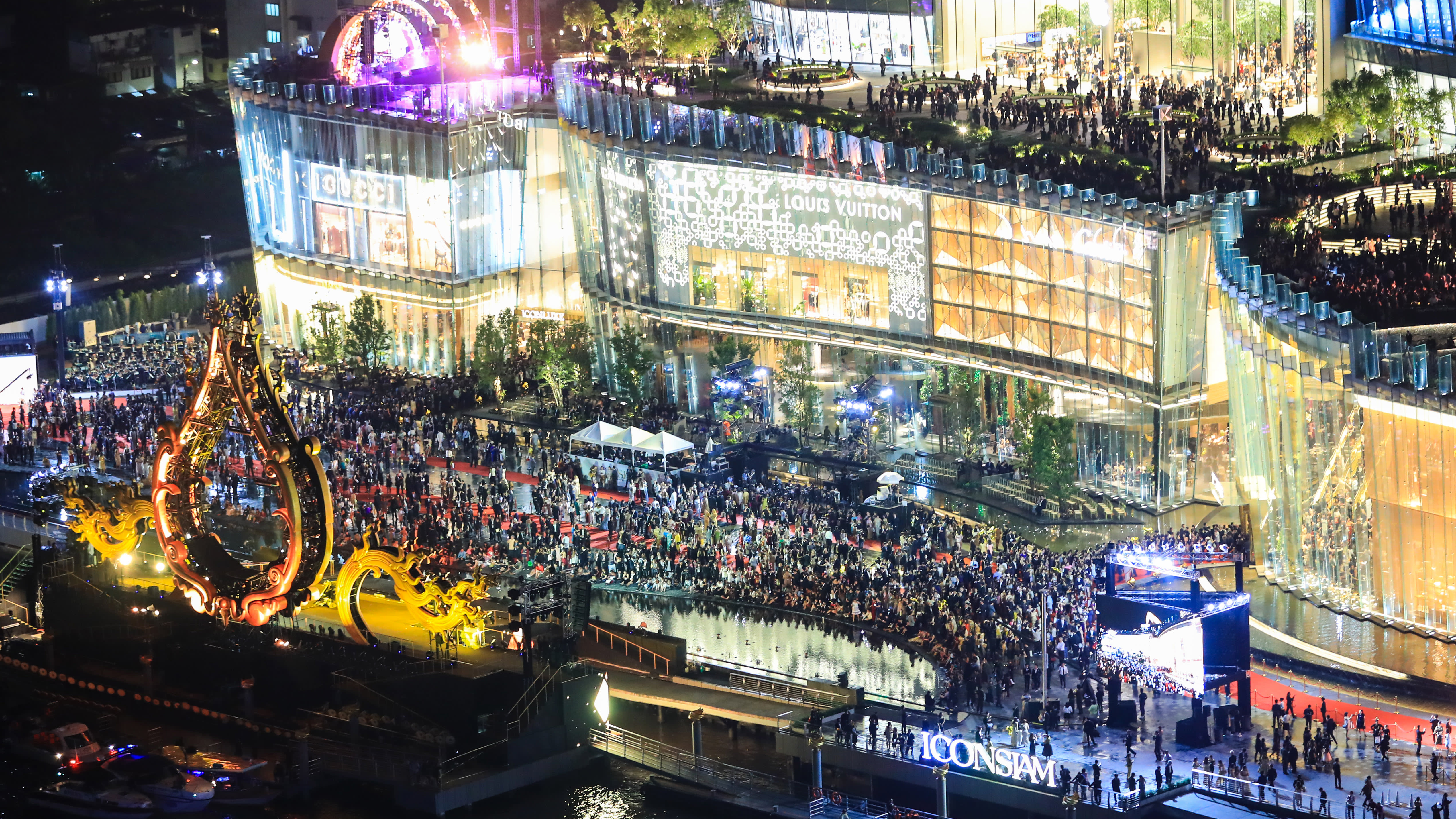Bangkok is the capital and most populous city of Thailand. It is known in Thai as Krung Thep Maha Nakhon or simply Krung Thep. The city occupies 1,568.7 square kilometres (605.7 sq mi) in the Chao Phraya River delta in central Thailand, and has a population of over eight million, or 12.6 percent of the country’s population. Over fourteen million people (22.2 percent) lived within the surrounding Bangkok Metropolitan Region at the 2010 census, making Bangkok the nation’s primate city, significantly dwarfing Thailand’s other urban centres in terms of importance.
Bangkok is one of the world’s top tourist destinations. Of 162 cities worldwide, MasterCard ranked Bangkok as the top destination city by international visitor arrivals in its Global Destination Cities Index 2018, ahead of London, with just over 20 million overnight visitors in 2017. This was a repeat of its 2017 ranking (for 2016). Euromonitor International ranked Bangkok fourth in its Top City Destinations Ranking for 2016. Bangkok was also named “World’s Best City” by Travel + Leisure magazine’s survey of its readers for four consecutive years, from 2010 to 2013. As the main gateway through which visitors arrive in Thailand, Bangkok is visited by the majority of international tourists to the country. Domestic tourism is also prominent. The Department of Tourism recorded 26,861,095 Thai and 11,361,808 foreign visitors to Bangkok in 2010. Lodgings were made by 15,031,244 guests, who occupied 49.9 percent of the city’s 86,687 hotel rooms.Bangkok also topped the list as the world’s most popular tourist destinations in 2017 rankings.
Bangkok’s multi-faceted sights, attractions and city life appeal to diverse groups of tourists. Royal palaces and temples as well as several museums constitute its major historical and cultural tourist attractions. Shopping and dining experiences offer a wide range of choices and prices. The city is also famous for its dynamic nightlife. Although Bangkok’s sex tourism scene is well known to foreigners, it is usually not openly acknowledged by locals or the government.
Night scene on a pedestrian street, with many people and street vendors; shops along the street bearing brightly lit signs with names like “99Fashion”, “Brick Bar”, “Mulligans Irish Bar”, and Pepsi and McDonald’s logos
Khao San Road is lined by budget accommodation, shops and bars catering to tourists.
Among Bangkok’s well-known sights are the Grand Palace and major Buddhist temples, including Wat Phra Kaew, Wat Pho, and Wat Arun. The Giant Swing and Erawan Shrine demonstrate Hinduism’s deep-rooted influence in Thai culture. Vimanmek Mansion in Dusit Palace is famous as the world’s largest teak building, while the Jim Thompson House provides an example of traditional Thai architecture. Other major museums include the Bangkok National Museum and the Royal Barge National Museum. Cruises and boat trips on the Chao Phraya and Thonburi’s canals offer views of some of the city’s traditional architecture and ways of life on the waterfront.
Shopping venues, many of which are popular with both tourists and locals, range from the shopping centres and department stores concentrated in Siam and Ratchaprasong to the sprawling Chatuchak Weekend Market. Taling Chan Floating Market is among the few such markets in Bangkok. Yaowarat is known for its shops as well as street-side food stalls and restaurants, which are also found throughout the city. Khao San Road has long been famous as a backpackers’ destination, with its budget accommodation, shops and bars attracting visitors from all over the world.










